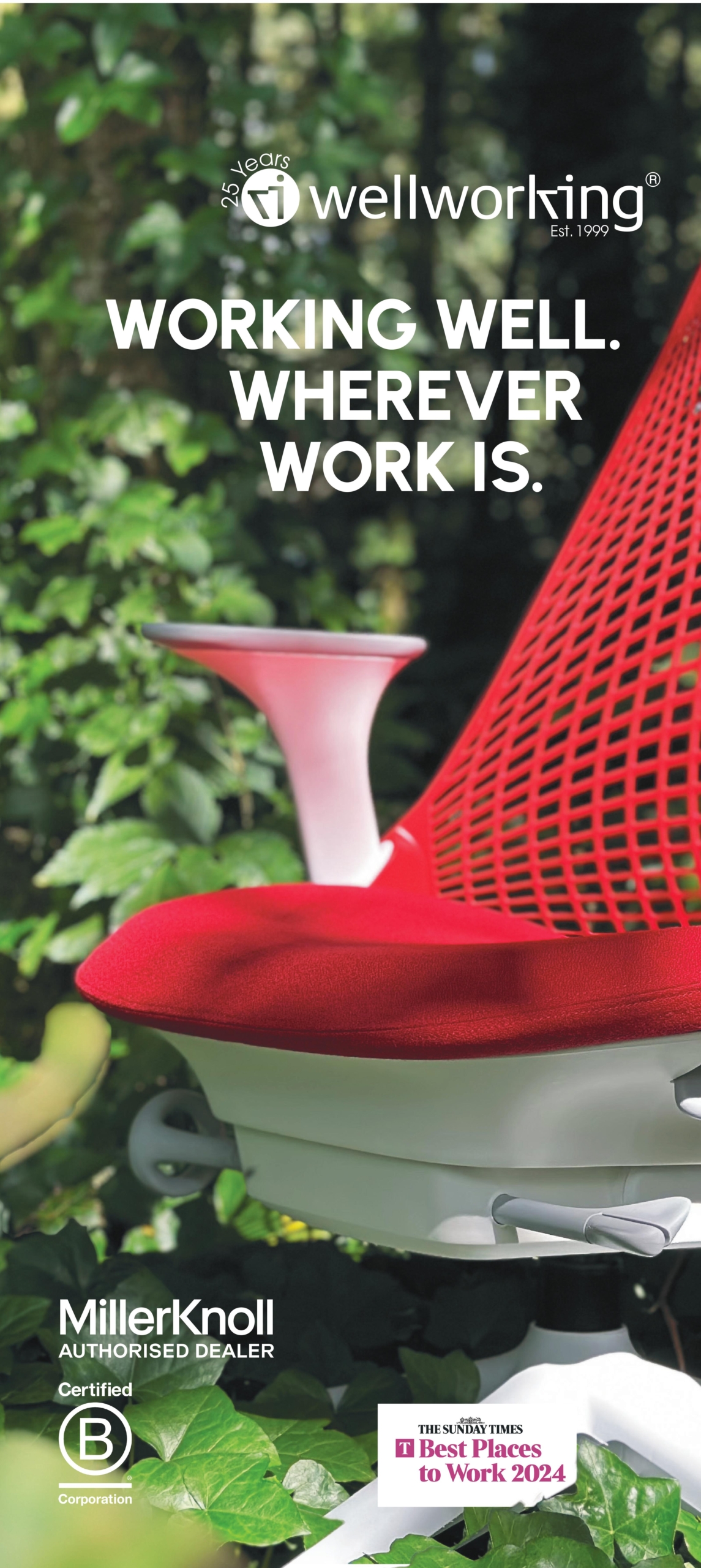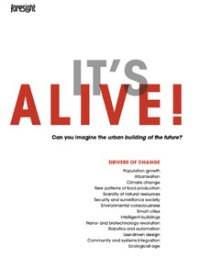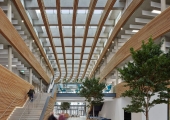October 8, 2014
Two thirds of the world’s workers would move to another country to find a better job
 Almost two thirds of job seekers worldwide say they would be willing to move abroad for work, a ‘startlingly high proportion’ that says a lot about the evolving marketplace for talent, according to a new study by The Boston Consulting Group (BCG) and The Network, a global alliance of more than 50 recruitment websites. The report claims that the proportion of people willing to seek a better job abroad is particularly (and unsurprisingly) high in developing and politically unstable countries. But there is also a very high willingness to work abroad for workers in countries that don’t face such challenges. For example, more than 75 percent of survey respondents in Switzerland, more than 80 percent of respondents in Australia, and more than 90 percent of respondents in the Netherlands say they would consider moving to another country for work, according to the report, Decoding Global Talent: 200,000 Survey Responses on Global Mobility and Employment Preferences, and their preferred destinations are London, New York and Paris.
Almost two thirds of job seekers worldwide say they would be willing to move abroad for work, a ‘startlingly high proportion’ that says a lot about the evolving marketplace for talent, according to a new study by The Boston Consulting Group (BCG) and The Network, a global alliance of more than 50 recruitment websites. The report claims that the proportion of people willing to seek a better job abroad is particularly (and unsurprisingly) high in developing and politically unstable countries. But there is also a very high willingness to work abroad for workers in countries that don’t face such challenges. For example, more than 75 percent of survey respondents in Switzerland, more than 80 percent of respondents in Australia, and more than 90 percent of respondents in the Netherlands say they would consider moving to another country for work, according to the report, Decoding Global Talent: 200,000 Survey Responses on Global Mobility and Employment Preferences, and their preferred destinations are London, New York and Paris.




















September 5, 2014
Workplace design is increasingly interwoven with the dynamics of the city
by Colin Watson • Comment, Facilities management, Workplace design
More →